Embrace DIY Personal Care: Simple Recipes for a Healthier Routine

Toothpaste, deodorant, and bar soap might seem straightforward, but many commercial products can contain unwanted chemicals. Crafting your own personal care items is not only a fun project but also a great way to avoid these additives. Plus, making these products at home can save you money in the long run. Here’s how to get started with easy DIY recipes!
Homemade Toothpaste
Skip the plastic tubes and opt for a reusable container with this simple toothpaste recipe.
Ingredients:
- 1/2 cup coconut oil
- 2-3 tablespoons baking soda
- 15-20 drops peppermint essential oil
Instructions:
- Melt the coconut oil in a double boiler over low heat.
- Stir in the baking soda and peppermint essential oil until well combined.
- Remove from heat and continue to stir gently as the mixture cools.
- Transfer the mixture to a glass jar or stainless steel container.
- To use, dip your toothbrush into the container or use a small spoon to apply the toothpaste.
Natural Deodorant
Traditional DIY deodorants often use baking soda, which can be irritating for sensitive skin. Try this gentle alternative for a soothing experience.
Ingredients:
- 2 tablespoons shea butter
- 3 tablespoons coconut oil
- 3 tablespoons beeswax pellets
- 1 tablespoon arrowroot powder
- 40-50 drops of your favorite essential oils
Instructions:
- Melt the shea butter, coconut oil, and beeswax in a double boiler over low heat.
- Stir in the arrowroot powder until well combined.
- Remove from heat and mix in your essential oils.
- Pour the mixture into empty deodorant containers or a glass jar.
- Let it cool before use.
DIY Bar Soap
Creating your own soap can be a rewarding project, allowing you to customize scents, exfoliants, and colors.
Ingredients:
- 500g extra virgin olive oil
- 100g coconut oil
- 80g lye
- 195g water
Optional Add-ins:
- Essential oils for fragrance
- Coffee grounds, lavender buds, oatmeal, or sea salt for exfoliation
- Natural colorants like beetroot powder or turmeric
Instructions:
- In a well-ventilated area, mix the lye into the water in a heat-resistant glass bowl. (Never add water to lye; always add lye to water.)
- While the lye mixture cools, combine the olive and coconut oils in a separate bowl.
- Use a kitchen thermometer to ensure both mixtures are within 10°F of each other.
- Pour the lye mixture into the oils and blend with a hand blender until the mixture reaches “trace” (a thick, mayonnaise-like consistency).
- Add any optional ingredients and blend well.
- Pour the mixture into molds and cover lightly with a towel.
- After 24 hours, check the consistency. If the soap is firm, remove it from the molds and cut it into bars.
- Let the bars cure for about a month, flipping them occasionally to ensure even drying.
Once you’ve mastered these basics, you might find yourself inspired to explore even more DIY personal care recipes. From bath bombs to body wash, the possibilities are endless for creating your own natural and cost-effective products!


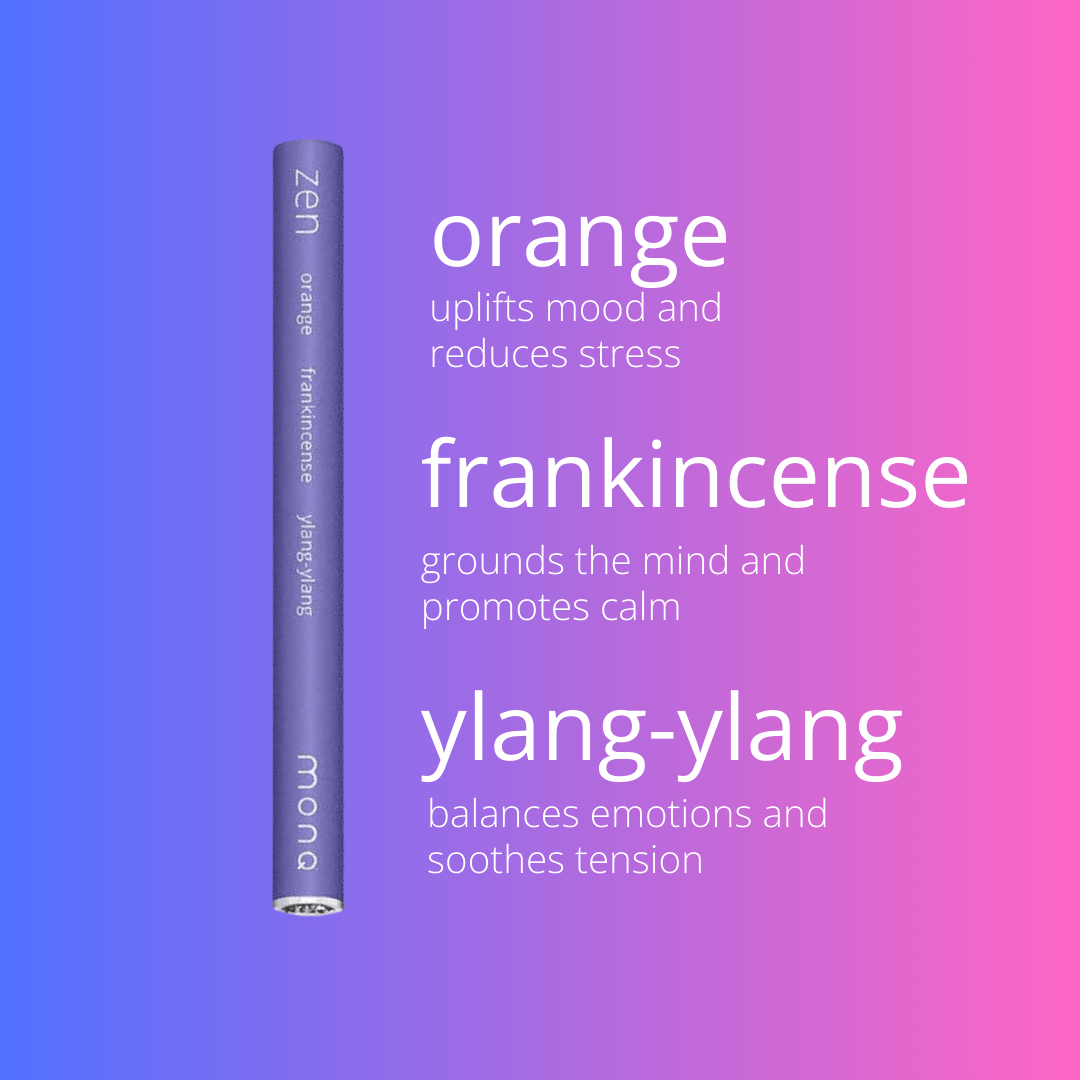
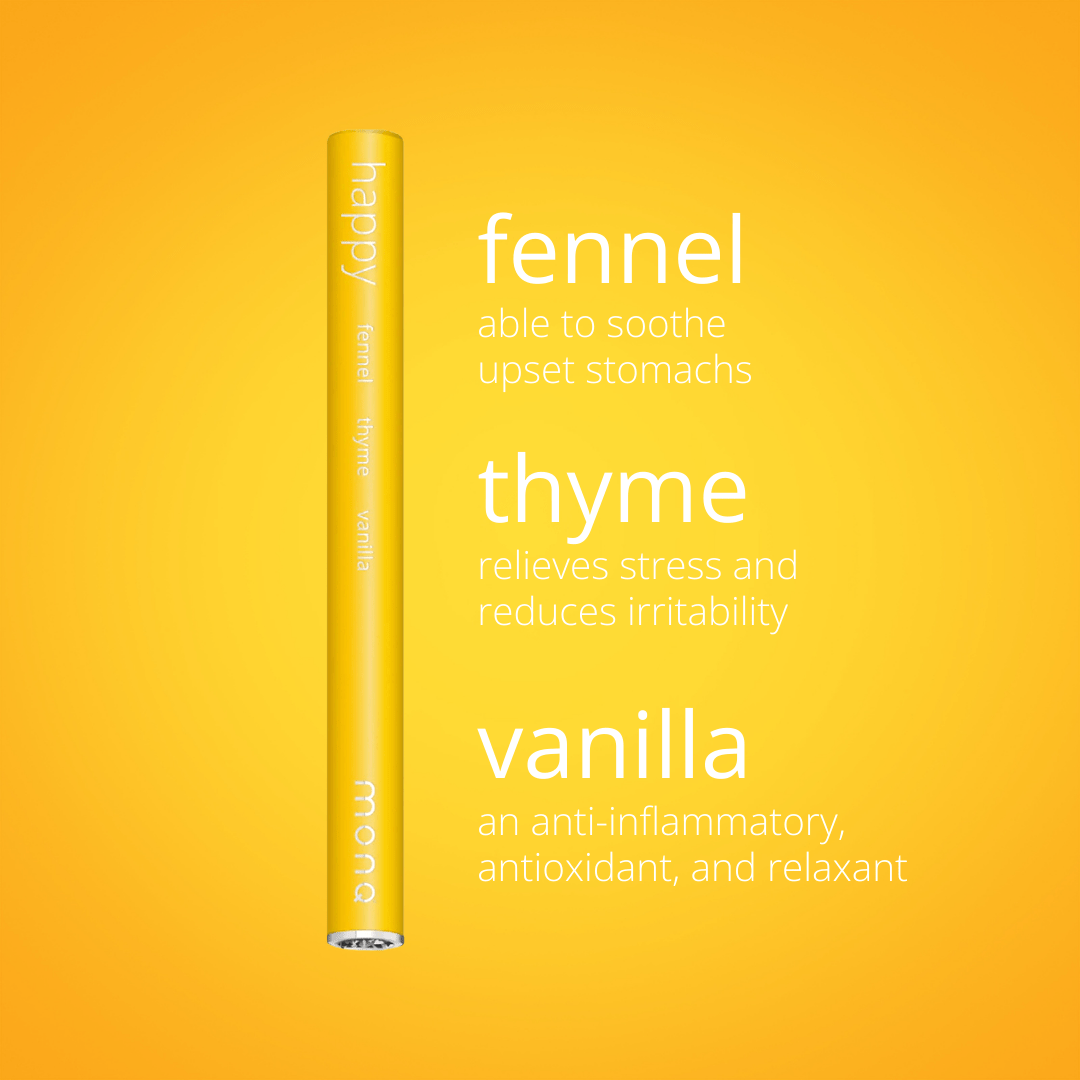
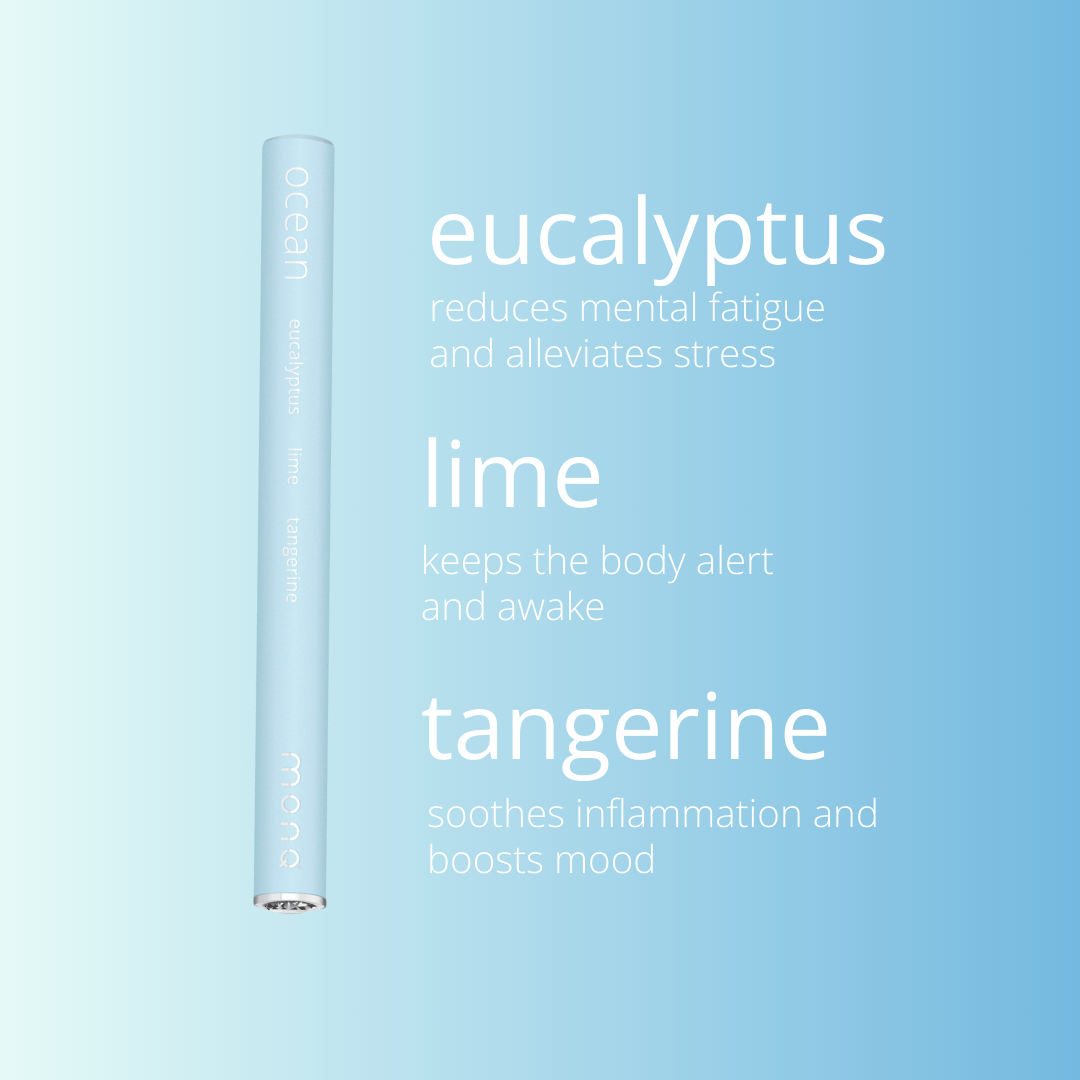
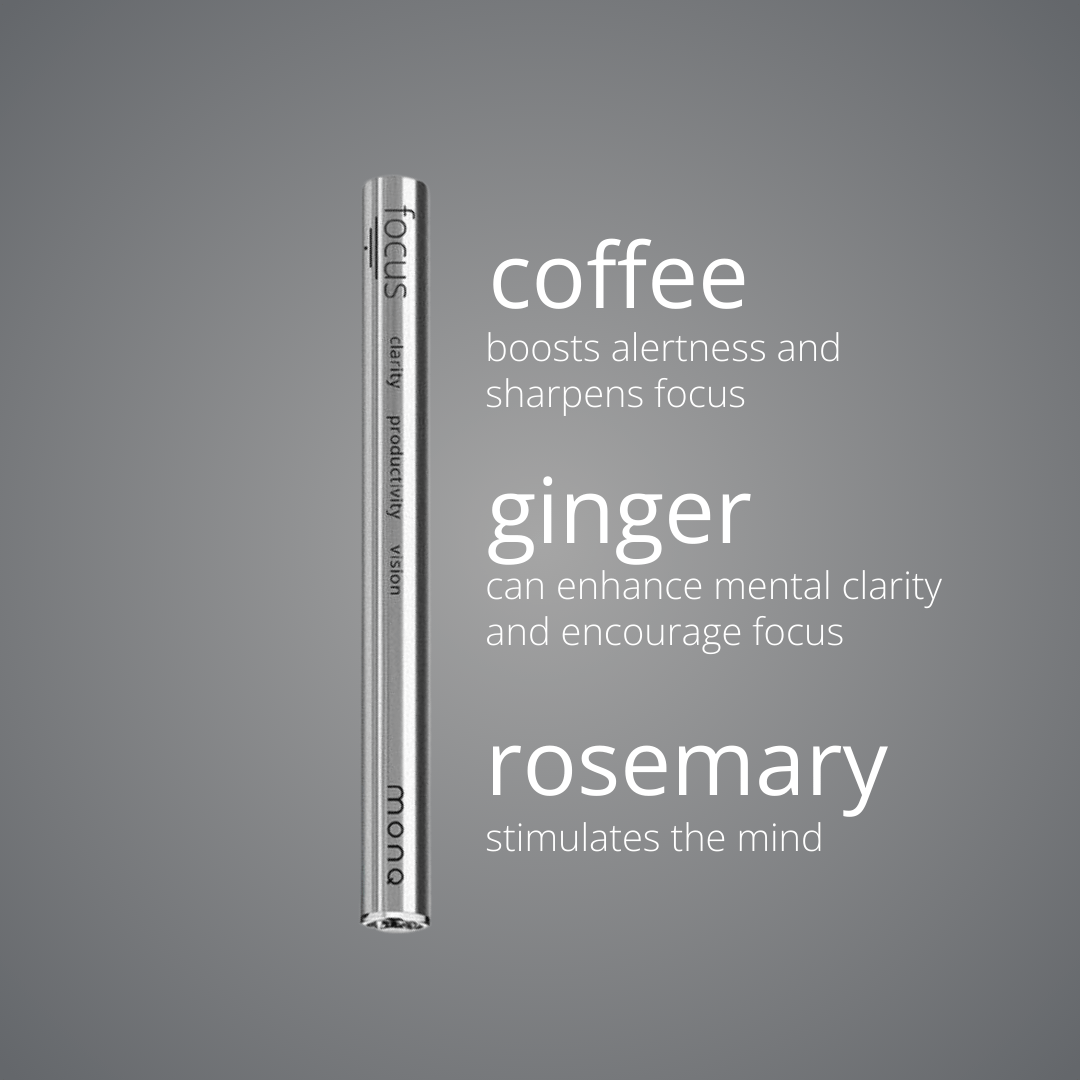
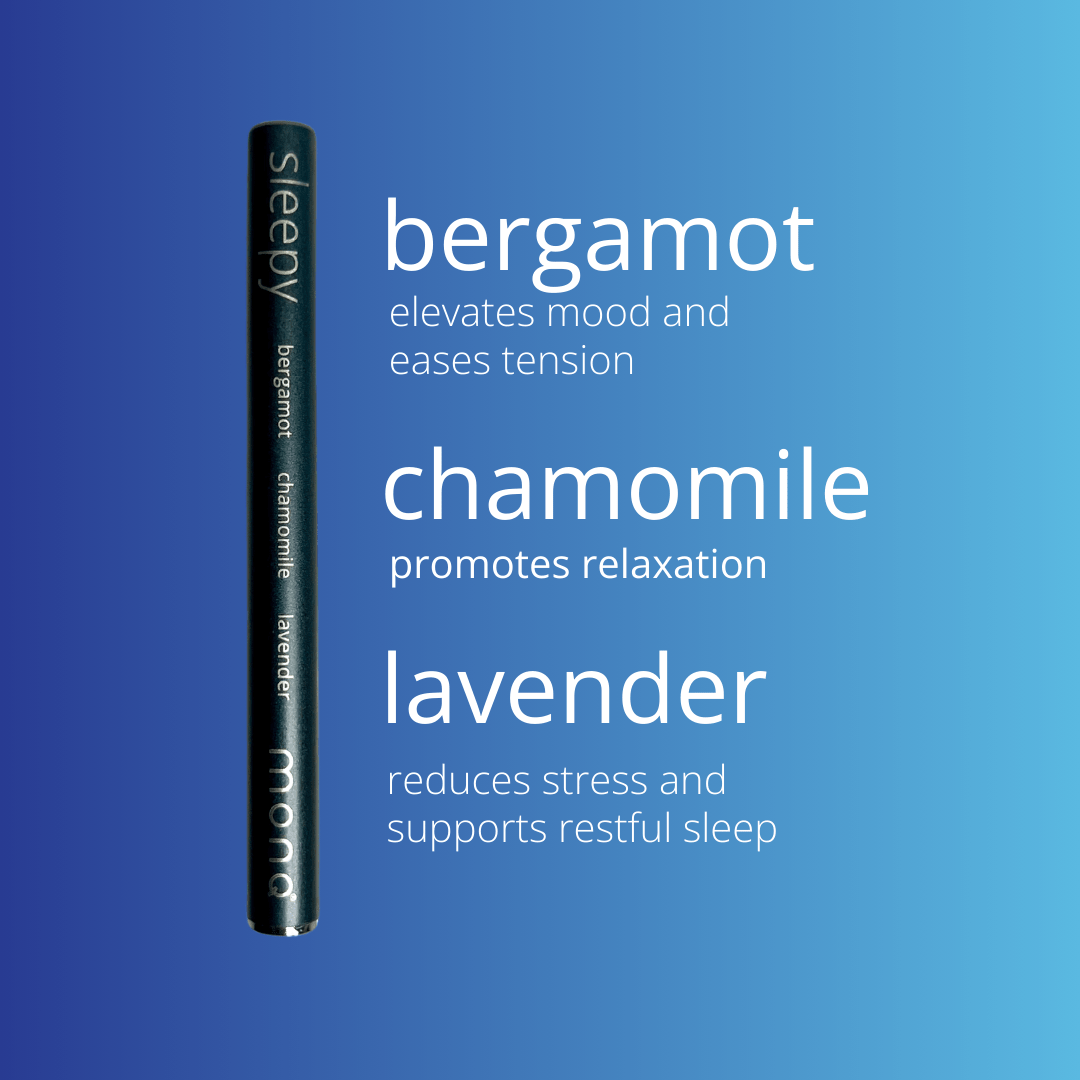
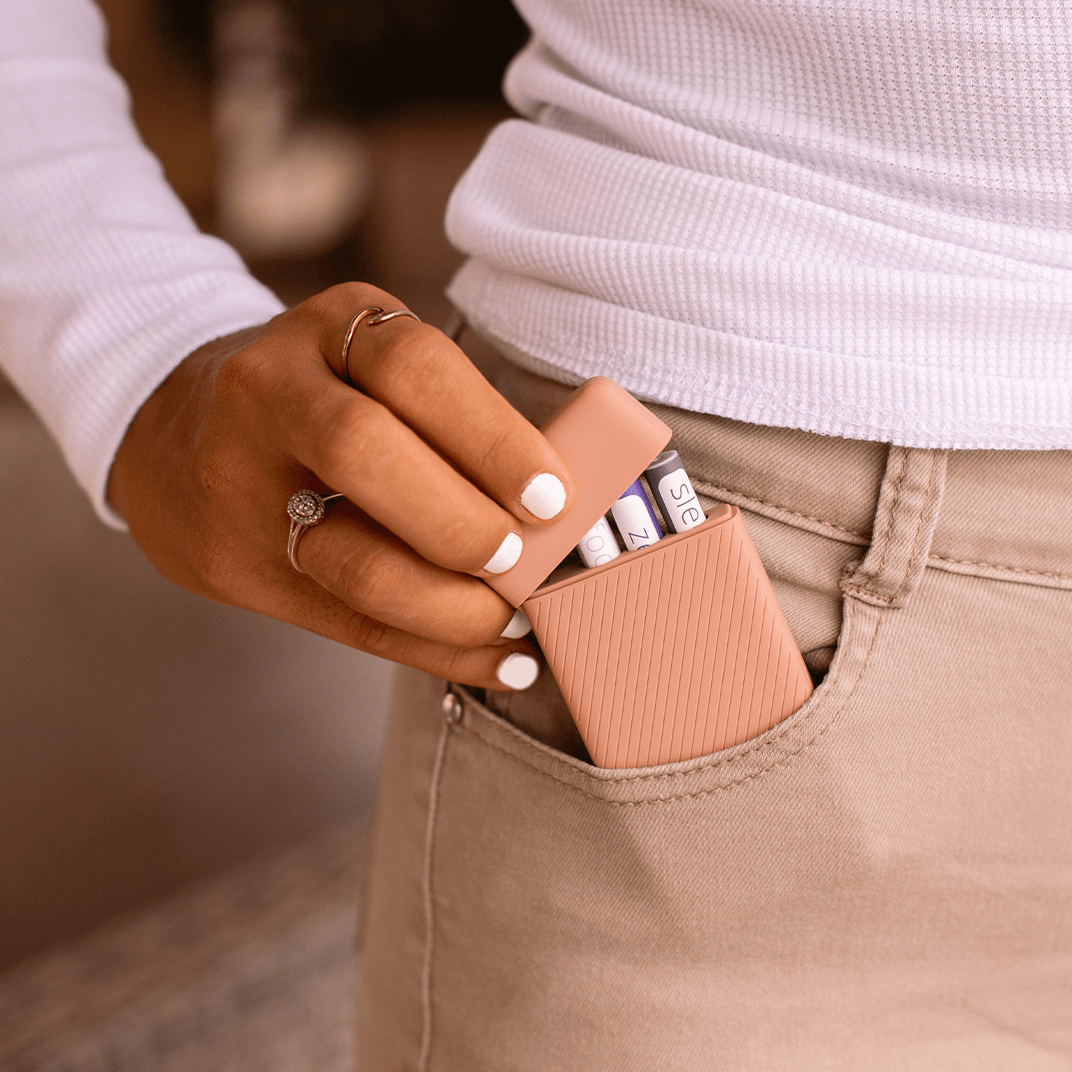
Leave a comment